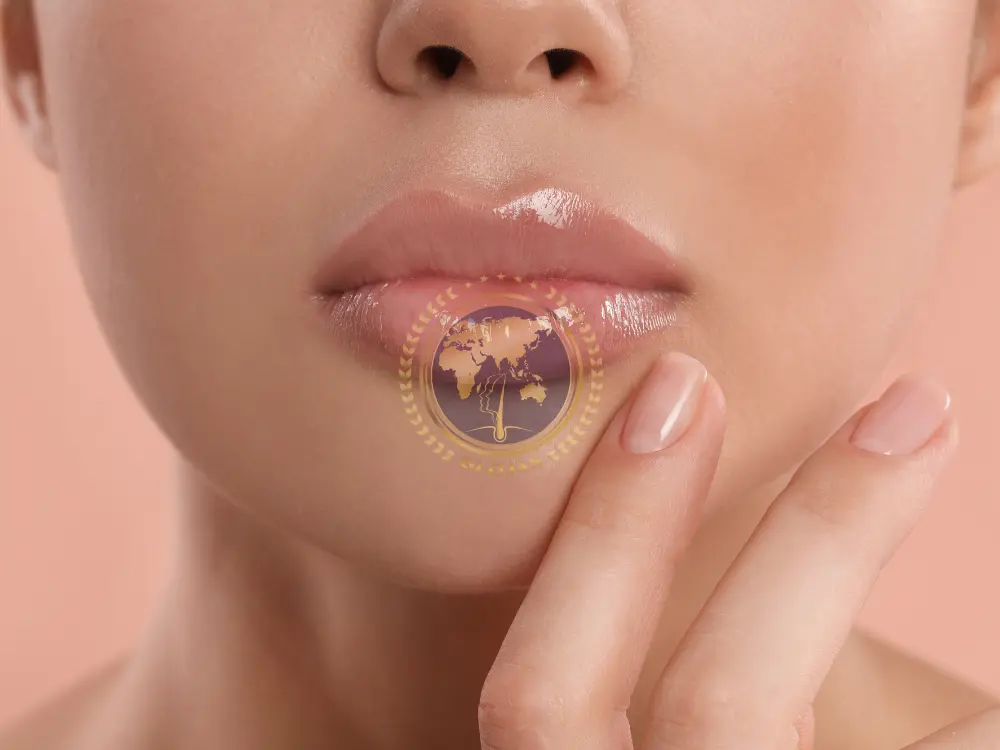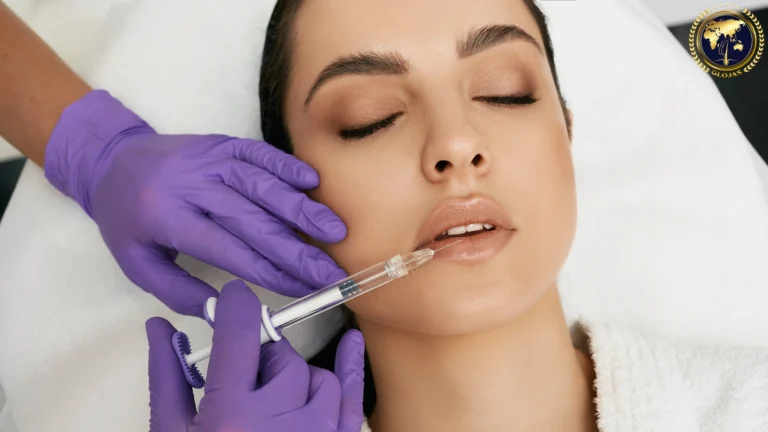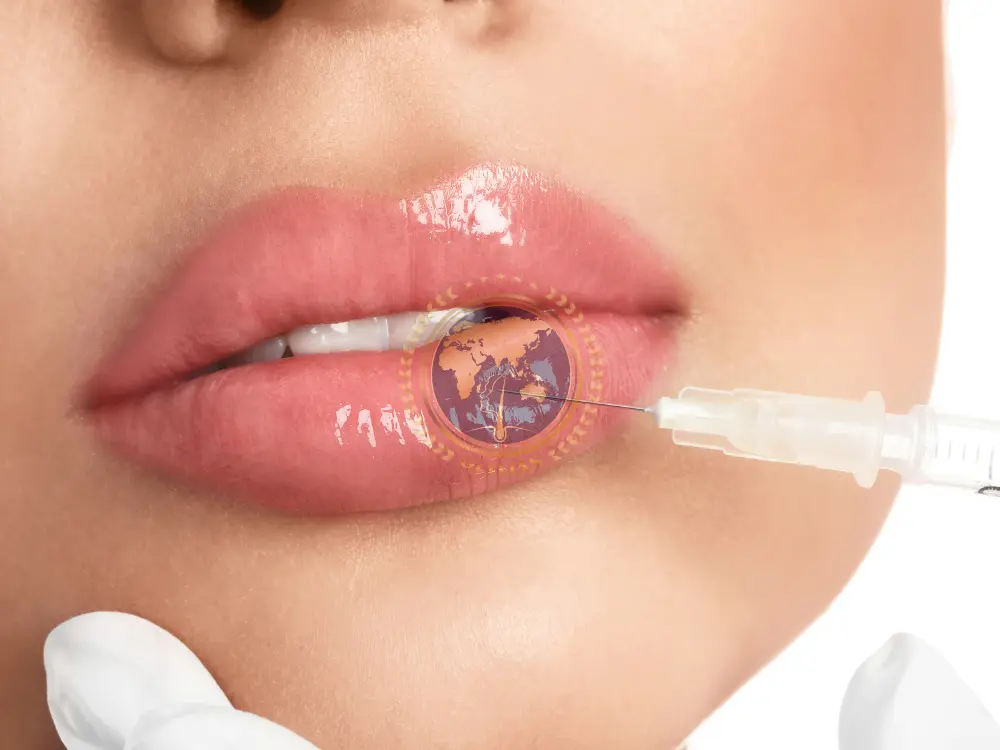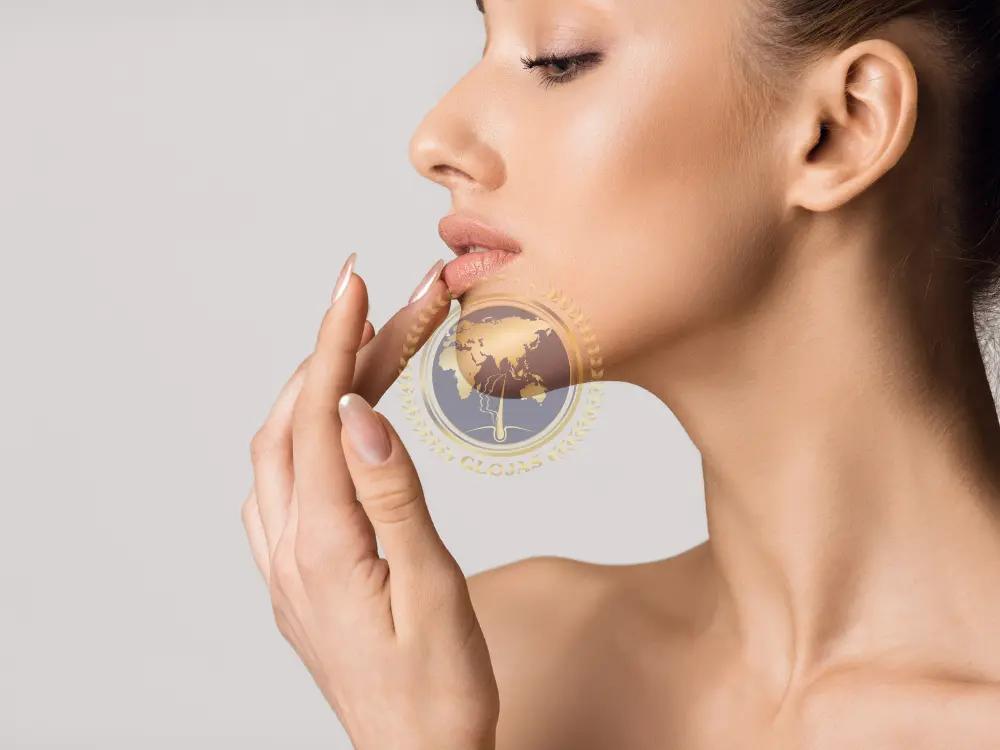In the quest for fuller, more youthful lips, many people turn to various cosmetic procedures. One of the most popular and natural options is fat transfer to lips. This innovative technique involves harvesting fat from one part of your body and injecting it into your lips to enhance their volume and shape. Unlike synthetic fillers, fat transfer provides a natural solution that can yield long-lasting and satisfying results.
How Fat Transfer to Lips Works
Fat transfer, also known as fat grafting or lipofilling, is a multi-step process that begins with liposuction to remove fat from a donor site on your body, such as the abdomen, thighs, or flanks. The harvested fat is then purified and carefully injected into the lips to create fuller, more defined lips. This procedure is typically performed under local anesthesia and can be done on an outpatient basis.
Why Choose Fat Transfer to Lips Over Other Lip Augmentation Methods
There are several options available for lip augmentation, including dermal fillers like hyaluronic acid. However, fat transfer to lips offers unique advantages, particularly for those seeking a more natural look. Because the fat used in the procedure comes from your own body, there is a reduced risk of allergic reactions or complications. Additionally, the results tend to be more permanent compared to temporary fillers, which require regular touch-ups.

Top 5 Benefits of Fat Transfer to Lips
1. Natural-Looking Results
One of the most significant benefits of fat transfer to lips is the natural appearance it provides. The fat is harvested from your own body, ensuring that the final result blends seamlessly with your existing lip tissue. This procedure enhances the lips’ volume and shape without the artificial look that some fillers can create.
2. Long-Lasting Enhancement
While dermal fillers typically last between six months to a year, the results from fat transfer to lips can be much longer-lasting. A portion of the transferred fat will be reabsorbed by the body in the first few months after the procedure, but the remaining fat cells will integrate with your lips, providing lasting volume that can endure for years.
3. Minimal Risk of Allergic Reactions
Since the procedure uses your own fat, there is minimal risk of allergic reactions or adverse responses. This makes fat transfer to lips an excellent option for individuals with sensitivities to synthetic fillers or those who prefer a more natural approach to lip augmentation.
4. Dual Benefit: Lip Enhancement and Body Contouring
Fat transfer to lips offers a dual benefit. Not only do you get fuller lips, but you also achieve body contouring from the area where the fat is harvested. Whether you opt to take fat from your abdomen, thighs, or flanks, you can enjoy a slimmer, more contoured appearance in addition to enhanced lips.
5. Reduced Need for Maintenance
Unlike synthetic fillers that require frequent maintenance and touch-ups, fat transfer to lips offers a more permanent solution. While some of the injected fat may be absorbed by the body, the fat that remains can provide a lasting effect, reducing the need for ongoing treatments.
The Fat Transfer to Lips Procedure
Initial Consultation
The first step in the fat transfer to lips process is an initial consultation with a qualified cosmetic surgeon. During this consultation, the surgeon will assess your lips, discuss your goals, and determine if you are a good candidate for the procedure. They will also identify potential donor sites for fat harvesting.
The Fat Harvesting Process
On the day of the procedure, the surgeon will begin by harvesting fat from the chosen donor site. This is done through a small incision using a thin cannula. The fat is then suctioned out and purified to remove any impurities, ensuring that only the healthiest fat cells are used for the transfer.
The Lip Injection Process
Once the fat has been purified, the surgeon will carefully inject it into your lips using a fine needle. This process is done with precision to ensure even distribution and natural-looking results. The surgeon may inject the fat in small amounts and massage the lips between injections to achieve the desired shape and volume.
Post-Procedure Care
After the procedure, you may experience some swelling, bruising, and discomfort, which can be managed with prescribed medications and cold compresses. Your surgeon will provide specific aftercare instructions, including how to care for your lips and donor site, and when you can resume normal activities.
Who Is a Good Candidate for Fat Transfer to Lips?
Fat transfer to lips is ideal for individuals who are seeking a natural and long-lasting enhancement of their lips. Good candidates are those who have enough excess fat to donate and who are in overall good health. It’s also important to have realistic expectations about the results, understanding that while fat transfer provides significant improvement, it may not achieve the same level of volume as some synthetic fillers.
What to Expect During Recovery
Immediate Post-Procedure Effects
Immediately after the procedure, your lips may appear swollen and bruised. This is a normal reaction and should subside within a few days. It’s important to avoid any activities that could put pressure on your lips, such as kissing or using a straw, during the initial recovery period.
Long-Term Recovery Tips
In the weeks following your fat transfer to lips, it’s crucial to follow your surgeon’s aftercare instructions to ensure optimal healing. This may include avoiding direct sunlight, keeping the lips moisturized, and attending follow-up appointments to monitor your progress. Full recovery typically takes a few weeks, after which you can enjoy the final results.
Potential Risks and How to Minimize Them
Common Side Effects
Like any cosmetic procedure, fat transfer to lips carries some risks, including infection, asymmetry, and lumps or bumps in the lips. However, these risks are minimal when the procedure is performed by an experienced and skilled surgeon.
Choosing the Right Surgeon
To minimize risks and ensure the best results, it’s essential to choose a board-certified cosmetic surgeon with experience in fat transfer procedures. Look for a surgeon with a strong portfolio of before-and-after photos and positive patient reviews.
Fat Transfer to Lips vs. Dermal Fillers
While both fat transfer and dermal fillers are effective methods for enhancing the lips, they offer different benefits. Dermal fillers provide immediate results and are a good option for those seeking temporary enhancement. However, fat transfer to lips offers a more natural, long-lasting solution with the added benefit of body contouring. Additionally, fat transfer is ideal for those who prefer to avoid synthetic substances.
FAQs about Fat Transfer to Lips
How long do the results of fat transfer to lips last?
The results of fat transfer to lips can last several years. While some of the injected fat will be reabsorbed by the body, the remaining fat cells will integrate with your lips, providing long-lasting volume.
Is fat transfer to lips a safe procedure?
Yes, fat transfer to lips is generally considered safe, especially when performed by a qualified and experienced surgeon. Since the procedure uses your own fat, there’s minimal risk of allergic reactions or complications.
How much fat is needed for the transfer?
The amount of fat needed varies depending on your desired lip volume and the areas being treated. Typically, only a small amount of fat is required for lip enhancement.
Can the procedure be reversed if I’m not satisfied?
While fat transfer results are long-lasting, they are not easily reversible. However, the procedure is designed to provide natural and aesthetically pleasing results. If you’re unsure, discuss your concerns with your surgeon during the consultation.
What is the cost of fat transfer to lips?
The cost of fat transfer to lips varies depending on the surgeon’s experience, the location of the clinic, and the extent of the procedure. On average, prices can range from $2,000 to $5,000.
How long does the procedure take?
The fat transfer to lips procedure typically takes about 1 to 2 hours, including the fat harvesting, purification, and injection processes. The exact time will depend on the complexity of the procedure and the areas being treated.


